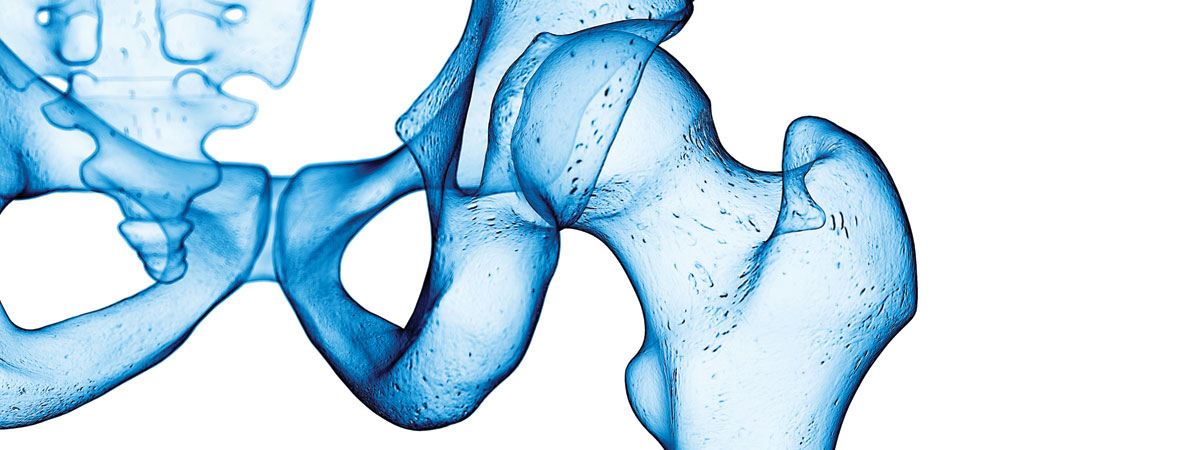Pelvic Congestion
What is Pelvic Congestion Syndrome (PCS)?
Pelvic congestion syndrome is a painful condition caused by enlarged or varicose veins in the pelvis. It can result in chronic, dull pain, which becomes more pronounced when standing up, but which may ease when lying down.
Other symptoms include:
- Noticeable bulging veins around the labia, vulva, buttocks or thighs
- Painful or abnormal menstrual cycles
- Pain during or after intercourse
- Abdominal bloating or cramping
- Vaginal discharge
- Lower back pain
- Depression or mood swings
However, because these symptoms are also associated with other conditions, such as endometriosis, inflammatory disease and irritable bowel syndrome, it is often under-diagnosed.
What causes Pelvic Congestion?
Approximately 15% of all women have varicose veins in their abdomen. It is thought that pelvic congestion is the result of pregnancy, and/or possibly estrogen, as it is known to dilate blood vessels. The valves within the veins in the pelvis weaken and do not close properly, which causes blood to flow backwards into the vein and pool there, making them enlarged and causing pressure.
How is PCS diagnosed?
There are several ways to diagnose pelvic congestion. A CT venogram of the abdomen and pelvis is the preferred method, although a transvaginal ultrasound, a pelvic ultrasound with valsalva (bearing down) or MRI may also be used.
How is Pelvic Congestion Treated?
Hormonal medications. Generally prescribed by a gynecologist, these medications can reduce blood flow and congestion within varicose veins in the pelvis. If medications are ineffective, there are both surgical and non-surgical treatment options.
Venous ligation. This gynecologic surgical approach is a complex procedure, and as a result, is not recommended as a treatment in most cases. It results in scarring and the possibility of varicose veins recurring, as well as the usual risks associated with surgery such as infection, bleeding and anesthesia risks. It also requires a hospital stay and a lengthy recovery.
Ovarian vein embolization (OVE) is performed by an interventional radiologist using image guidance and a catheter to seal off the faulty veins from the inside, in order to prevent them from becoming enlarged and causing pain. During the procedure, a catheter is inserted into the blood vessels in the pelvis and small metal coils are inserted to clot the blood and seal the faulty vein. For smaller varicose veins, a special foam agent is injected into the abnormal vein to block them.
Benefits of OVE
Like UFE, ovarian vein embolization is a safe and effective outpatient procedure that is an effective alternative to open surgery. OVE is effective at providing relief for about 80% of those who undergo the procedure. The procedure requires no hospital stay, and patients can return to work the following day.

